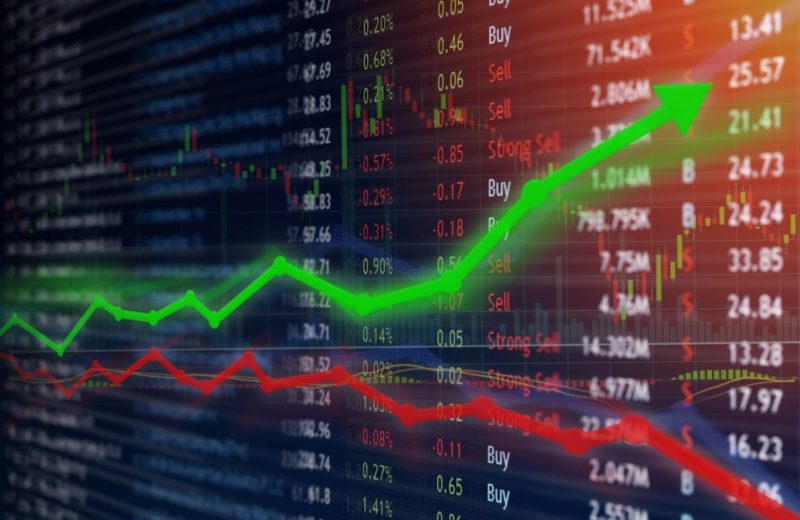Quick Look
- The Dow Jones Industrial Average fell by 0.37%, reflecting a cautious market sentiment.
- The Nasdaq Composite experienced a more significant drop of 0.82%, indicating tech sector volatility.
- Positive movements in European markets, with the FTSE 100 up by 1.50%, contrast U.S. market trends.
- Rising wholesale prices in January suggest ongoing inflationary pressures, challenging investor optimism.
- Analysts predict cautious Federal Reserve actions with potential rate cuts 2024 amidst mixed economic signals.
Today’s trading session closed with notable declines in major U.S. stock indexes. The Dow Jones Industrial Average dipped by 0.37%, while the Nasdaq Composite saw a more pronounced decrease of 0.82%. The S&P 500 wasn’t spared either, dropping by 0.48%. These movements underscore the market’s sensitivity to current economic data and investor sentiment, reflecting a blend of caution and anticipation for the Federal Reserve’s next moves.
Jan’s PPI Surge Signals Persistent Inflation
Recent economic indicators have put investors on edge. January’s Producer Price Index (PPI) data came in higher than expected, stoking fears of persistent inflation. This has intensified discussions around the Federal Reserve’s interest rate policies. Despite a bullish start to the year, the market’s reaction to the latest inflation data suggests an underlying nervousness about the sustainability of the recovery. Investors are closely watching for signs of the Fed’s strategy in combating inflation without hampering growth. Some analysts suggest potential rate cuts as the economy continues to navigate through mixed signals.
FTSE 100 Climbs 1.50%, Defying US Trends
In contrast to the U.S., European markets showed resilience. The FTSE 100’s rise of 1.50% highlights a divergence in investor confidence between regions, potentially influenced by varying economic recovery stages and policy responses. Market participants remain vigilant, weighing economic data against central bank policies. The consensus among analysts leans towards a cautious Federal Reserve, focusing on upcoming data to guide its decisions on interest rates. As 2024 unfolds, the interplay between economic indicators and policy responses will be critical in shaping market trajectories and investor strategies.
In conclusion, today’s market movements reflect the complex dynamics of economic indicators, central bank policies, and investor sentiment. As investors navigate these uncertainties, the emphasis on data-driven decisions becomes ever more critical in forecasting future market directions.
















